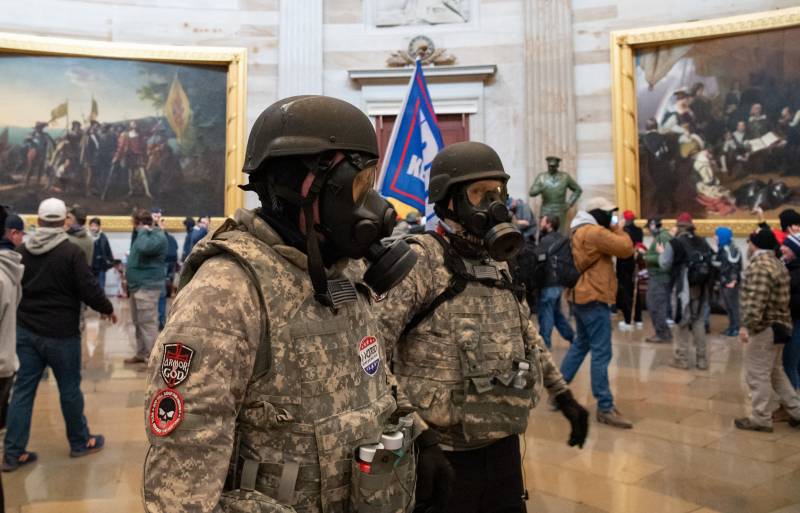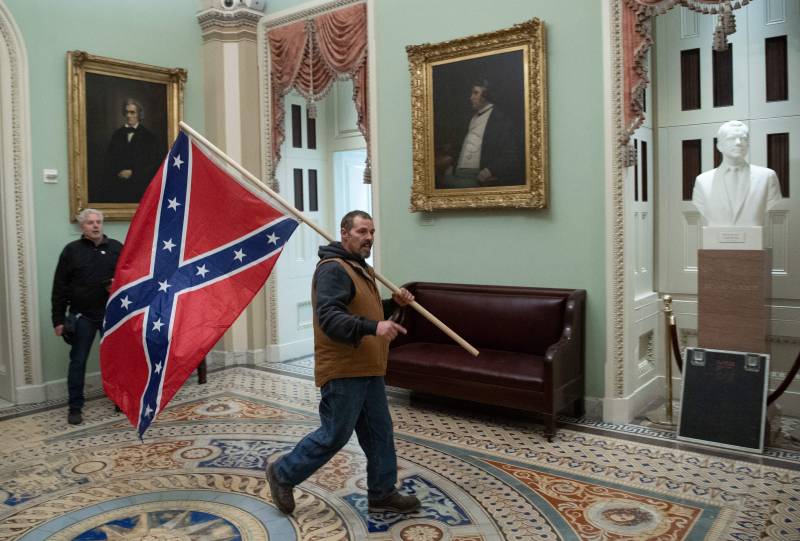I
grew up thinking about terrorism a lot. Because I was born in the U.K. in 1978, much of my childhood was spent watching news footage of the IRA blowing things up. Cars, pubs, army barracks, hotels, gas stations, train stations, department stores, museums, entire town centers. They even came close to blowing up the Prime Minister a couple of times.
 This all seemed fairly normal, if I’m honest. This was especially true in my formative years, when I could see Britain’s closest neighbors dealing with similar issues. Spain was battling the armed Basque separatist organization ETA, and France was terrorized throughout the 1970s and ’80s by bombs planted by too many organizations to list here.
This all seemed fairly normal, if I’m honest. This was especially true in my formative years, when I could see Britain’s closest neighbors dealing with similar issues. Spain was battling the armed Basque separatist organization ETA, and France was terrorized throughout the 1970s and ’80s by bombs planted by too many organizations to list here.
Then, when I was 20, one of my favorite pubs in London was blown up by a nail bomb. It wasn’t planted by the IRA though. It came from a scrawny, 22-year-old neo-Nazi who had already bombed London twice that month. The first two devices targeted London’s Black and Indian communities in Brixton and Brick Lane, respectively. The Admiral Duncan was chosen because it was a gay pub. In total, his nail bombs, all hidden innocuously inside sports bags, killed three people and injured 210 others.
By that time, because of the IRA, British people already had a solid understanding of common sense approaches to terrorism prevention. Finding out that Admiral Duncan customers had noticed, then shrugged off, the unattended bag before it exploded stayed with a lot of us long after the fact.
The London bombings of ’99 permanently altered how I—and a lot of other Brits—moved through public spaces. But becoming hyper-aware of my surroundings wasn’t a difficult commitment to make. It always felt more like a form of fighting back than victimhood. In London, terror prevention was, and is, a community effort.
I haven’t felt that sense of empowerment since I moved to America.
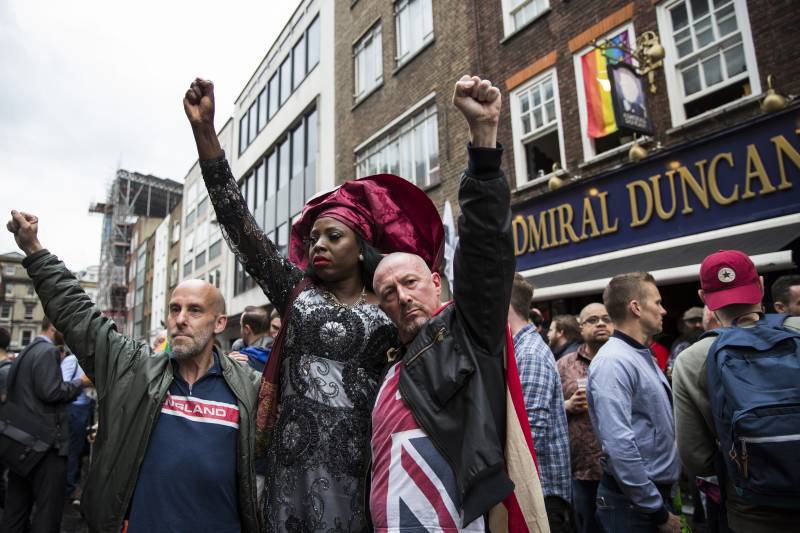
I
first moved to the U.S. in February of 2002, when the country was still reeling from 9/11. I assumed much of the nation would be on high alert, in the same way England had been for years. Instead, during my first weeks here, I heard a lot of Islamophobic comments and reports of hate crimes. People openly worried that jets would next be flown into the Hollywood sign, or the Golden Gate Bridge. I quickly realized much of America couldn’t picture anything but 9/11-type events. (I vividly remember asking a friend, “Do Americans think terrorism only happens on planes?”)
It didn’t make any sense. America was already well acquainted with terrorism. 1995’s Oklahoma City bombing killed 149 adults and 19 children, and left hundreds injured. In 1996, the Unabomber was apprehended for killing three people and injuring 23 others with mail bombs. That same year, three pipe bombs hidden in a backpack killed one person and injured 111 others in Atlanta’s Olympic Park bombing. And yet, I couldn’t find any attempts at basic terror prevention—the “just in case” methods that were standard in Britain—in American public spaces.
It’s the little things you notice first.
Trash cans all but disappeared from London streets and train stations in 1991. That was after one person was killed and 38 were injured by an IRA bomb concealed inside a trash can in Victoria Station. In the years since, Londoners have simply become accustomed to carrying waste around with them until they reach their destination. In France, Parisians stay safe by putting their trash in transparent plastic bags held up by metal hoops.
By contrast, New York City thinks nothing of still installing gigantic, opaque trash cans on its subway platforms. This despite a multitude of bomb attacks in the city’s history.
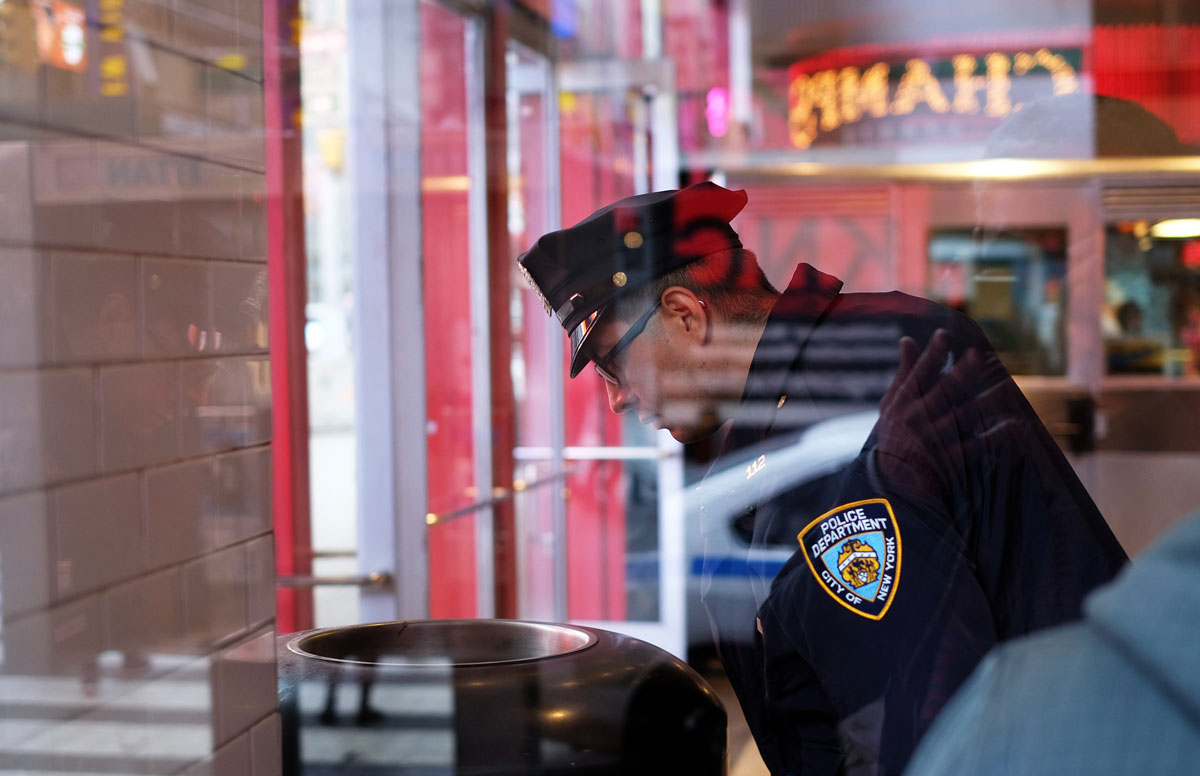
The fact that American airports still have baggage claim areas that are open to the public has been another source of horror for me. Baggage claims should be accessible only to passengers, staff, and bags that have already been subjected to security checks. This is a potential security threat airports in many other countries simply aren’t willing to risk.
And while U.S. airport staff members often move swiftly to vet checked bags and respond to bomb threats, I’ve not had great personal experiences trying to alert some airport staff to unattended bags.
In 2002, I spotted an oddly-shaped package tucked into the corner of an empty bar inside the Dallas/Fort Worth airport. I immediately raised the alarm with the bartender. He glanced up and cheerfully replied, “Oh, I’m sure someone’ll come back for it.” I got a similar reaction when I approached a security guard in O’Hare International Airport in 2004. After I pointed out a partially concealed suitcase that had been unattended for at least 10 minutes, he sarcastically called me a “good citizen” and shooed me back to my security line.
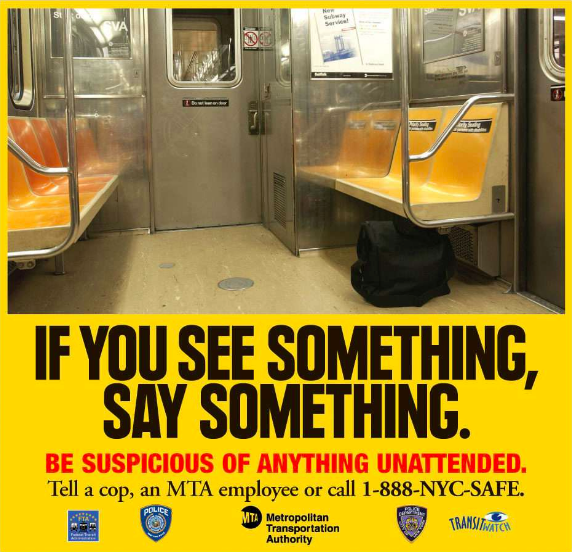
Even in American places where signs instruct citizens, “If you see something, say something,” I’ve had no luck finding anyone who actually wants to listen.
In London, if you tell train station employees there’s an unattended bag somewhere, the station immediately closes and robots destroy it using a controlled explosion. Just last week, my sister told me, “No one even takes a chance and looks in the bag anymore. If you don’t already know not to leave your bag, then it’s your own fault.”
